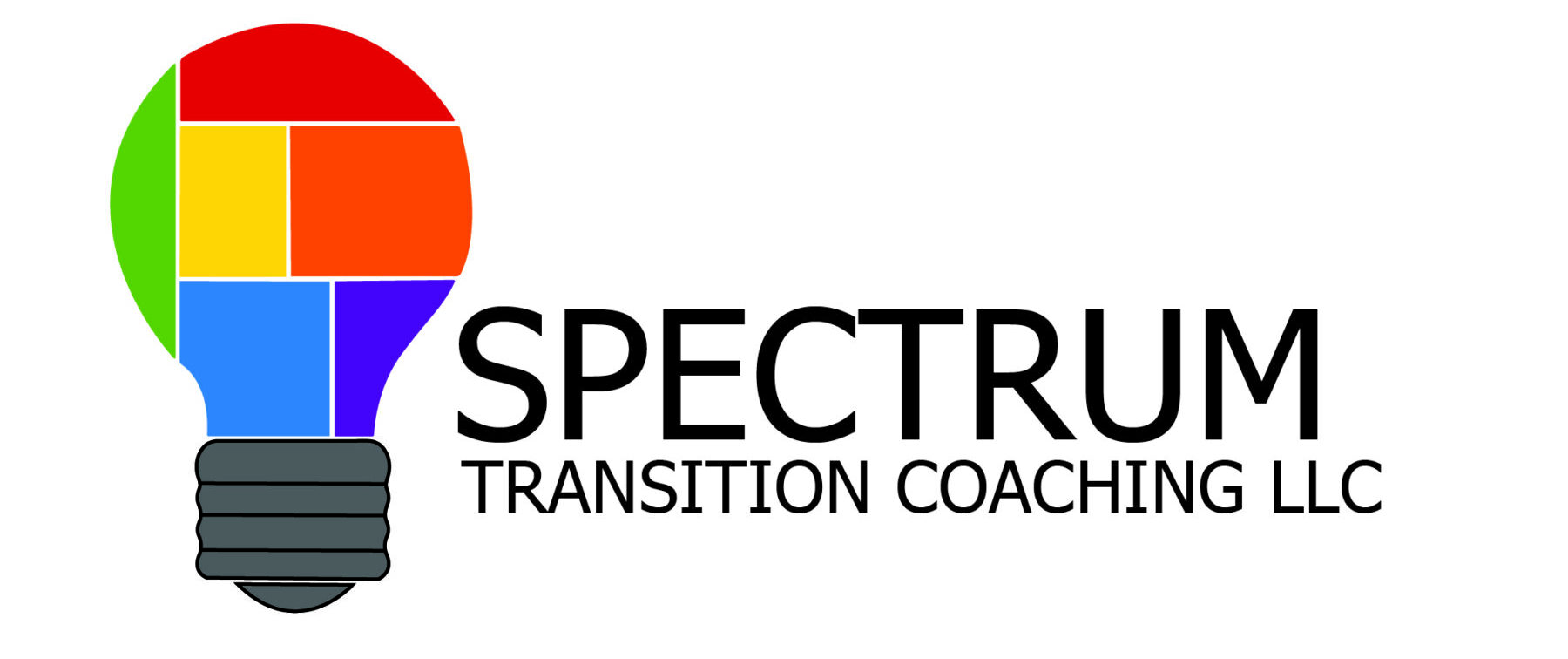We’ve all been through the IEP meetings. Your individual experience may vary based on your student, the team at your child’s school and individual circumstances.
One thing that should not happen at these meetings is skipping the conversation around transition services. These are an integral part to the IEP however often overlooked or rushed through in favor of more pressing needs and time constraints. The result can be vague or confusing transition goals that do not serve your child’s needs or do not include ways to measure progress.
My friend Frances Shefter is an Education Attorney and Advocate at Shefter Law, PA in Rockville, Maryland. As a former teacher and special education coordinator, as well as a mom, she brings a wealth of knowledge to any IEP team meeting. She applies this knowledge to help her clients have a Stress-Free IEP™ experience.
I’m so glad to have her perspective to help your family on the blog today!
Coach Beth
IEP Transition Services by Frances Shefter
A very important part of any Individual Education Plan (IEP) is the transition services. However, this section is often ignored or just includes stock goals and objectives. The transition section should be just as individualized as the rest of the IEP and specifically tailored to your child’s interests and needs and taking into account your child’s strengths and preferences.
Section 300.43 of the Individuals with Disabilities Education Act defines transition services as a “coordinated set of activities” designed to include a results-oriented process focused on facilitating the “child’s movement from school to post-school activities”. Post-school activities should be chosen based on your child’s interests and needs and can include “postsecondary education, vocational education, integrated employment (including supported employment), continuing and adult education, adult services, independent living, or community participation”.
The transition activities include instruction, related services, community experiences, the development of employment and other post-school adult living objectives and, if appropriate, acquisition of daily living skills and provision of a functional vocational evaluation.
The school district is responsible for providing these services. Period. No excuses and no waivers. What does that mean to you as a parent? Do not let the school gloss over this section or just say your child will be linked to outside agencies for support. Starting at age sixteen, or earlier when appropriate, this section needs to be addressed. Here are some steps to take to help ensure your child’s transition plan is appropriate:
- Your child should complete a transition assessment that determines your child’s interests. Work with your child to make sure it is completed appropriately. Explain to your child the importance of this assessment and that it helps develop a plan to help reach his/her goals. We all know that if left to their own devices, teenagers are not going to take the assessment seriously. I know I would not have.
- Once an area of interest is chosen, discuss different career options and what additional training or education might be needed. And do not worry, your child will not be stuck on this course if his/her interests change.
- Talk through what steps are necessary to get from where your child is now to where your child wants to be in the future and what supports may be needed. These steps become your goals, objectives, and activities.
- Just like all IEP goals, transition goals should be Specific Measurable Attainable Realistic and Time specific (SMART). Here are some examples of SMART transition goals for a student that is planning to attend college:
- Given a computer with internet access and adult support, student will create a chart with at least 5 requirements (specific major, dance team, small campus, etc.) of what he/she wants a college to have and will add at least 3 colleges every nine weeks marking whether the college has the requirements to help determine what colleges would best meet his/her needs.
- Given a list of potential accommodations available at colleges and adult support, student will select which ones he/she feels will be needed and draft a letter to a college ADA office explaining why he/she qualifies for accommodations and what accommodations are being requested.
Your child’s case manager, guidance counselor or, if your school has one, transition specialist, should be helping with these steps BEFORE the IEP meeting. Some schools have transition specialist that take an active role in the development of the transition section; some do not. As a parent, it is our responsibility to advocate for our children. If you are not sure, ask questions. Your child needs you to be “that parent”, even though he/she will never admit it. Transitioning out of high school is scary and hard for all students. The school should be helping to make this transition easier and less threatening.

